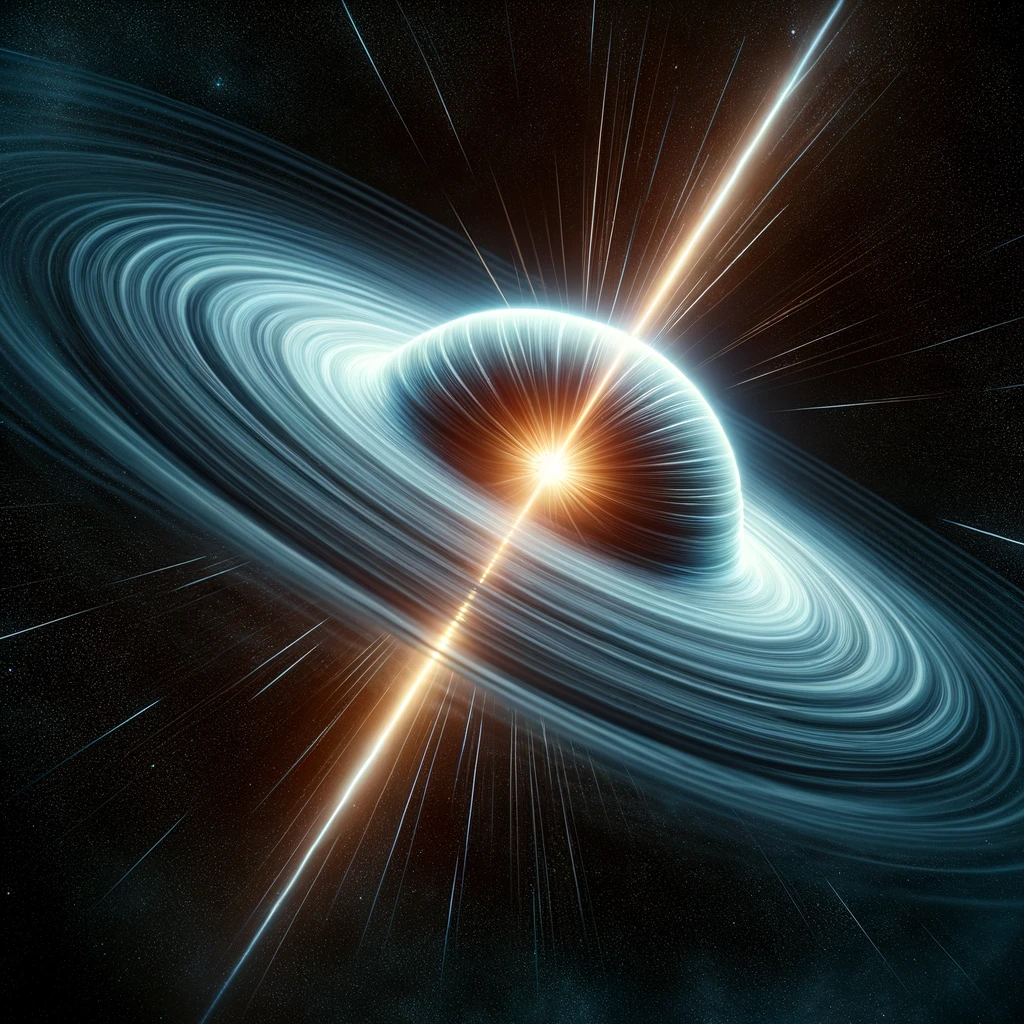Pulsars: The Lighthouses of the Cosmos
Pulsars, one of the universe’s most fascinating astrophysical phenomena, are highly magnetized, rotating neutron stars that emit beams of electromagnetic radiation. This post delves into the nature and significance of pulsars in the study of the cosmos.
Nature and Discovery of Pulsars
- Formation: Pulsars are formed from the collapsed cores of massive stars after a supernova explosion.
- Characteristics: They are incredibly dense, with masses greater than the Sun compressed into a sphere only a few kilometers across.
- Emission: The radiation beams emitted from their magnetic poles create a pulsing effect as they rotate, similar to the beam of a lighthouse.
Types of Pulsars
- Radio Pulsars: Emit radio waves detectable on Earth.
- Millisecond Pulsars: Spin extremely rapidly, up to hundreds of rotations per second.
- Gamma-ray Pulsars: Emit most of their energy in gamma-ray wavelengths.
Significance in Astronomy
- Testing Ground for Physics: Pulsars provide a unique environment for testing the laws of physics, including Einstein’s theory of general relativity.
- Navigation in Space: Their predictable pulsing patterns have potential uses in spacecraft navigation.
- Study of Stellar Evolution: Offer insights into the life cycle of stars and the end stages of stellar evolution.
